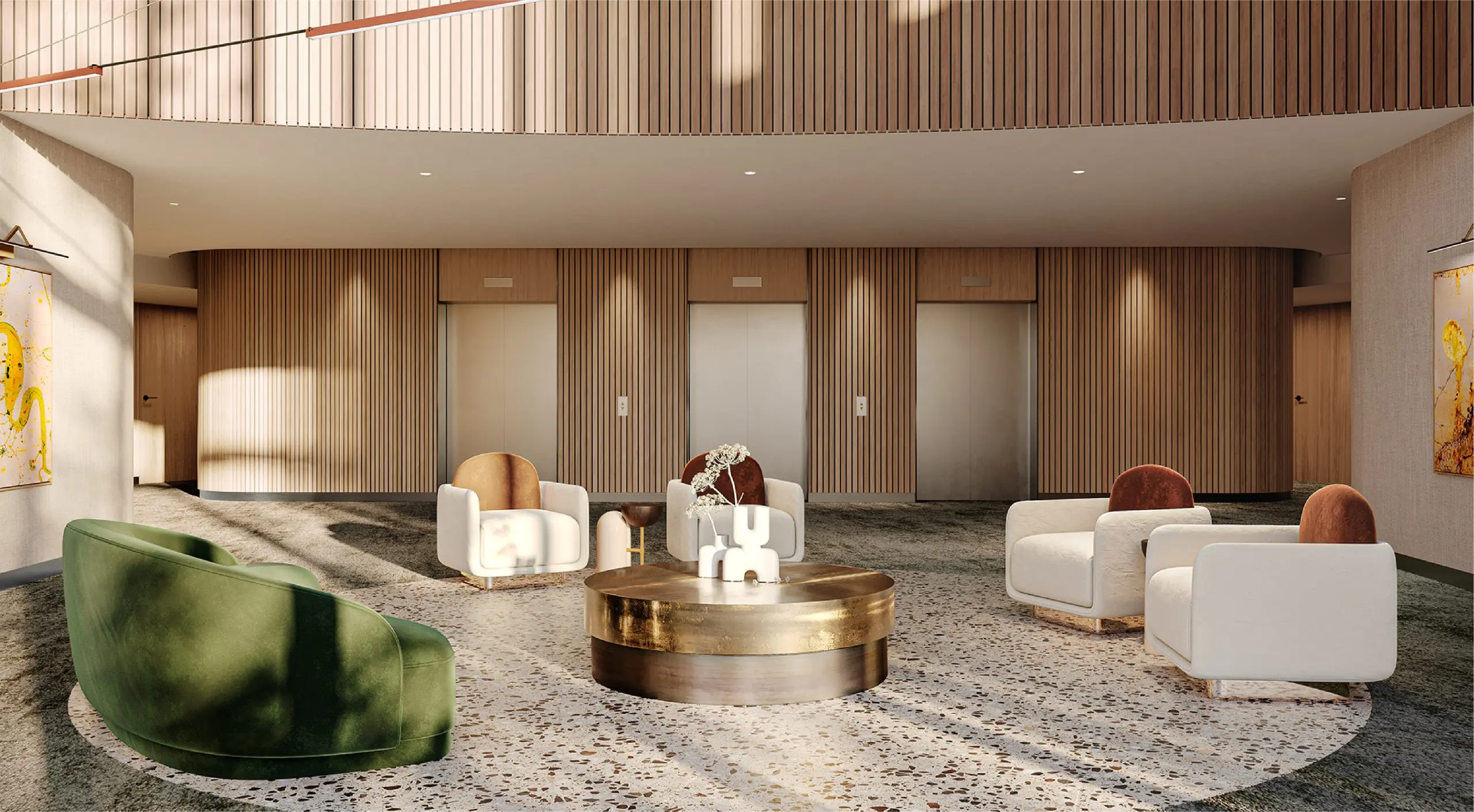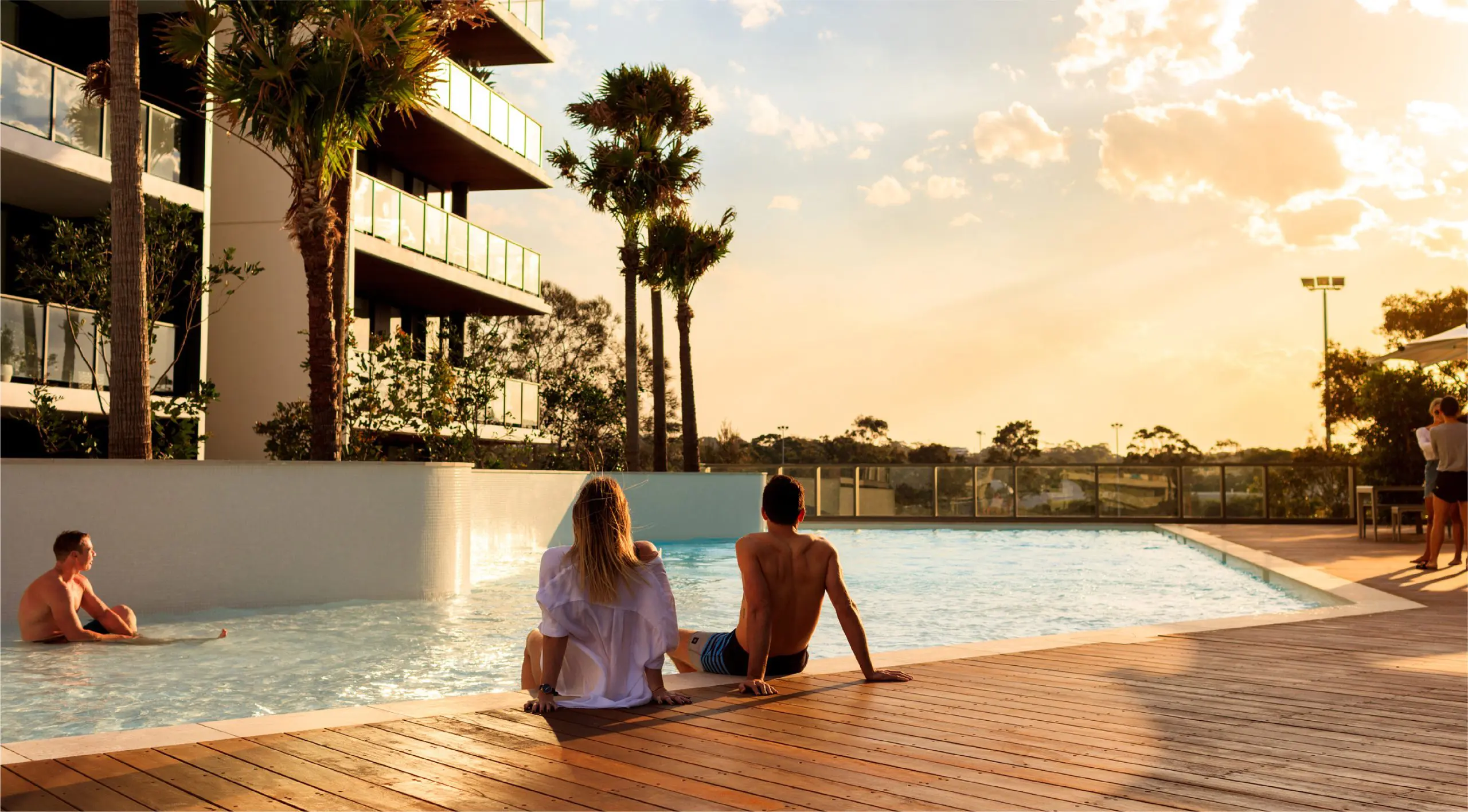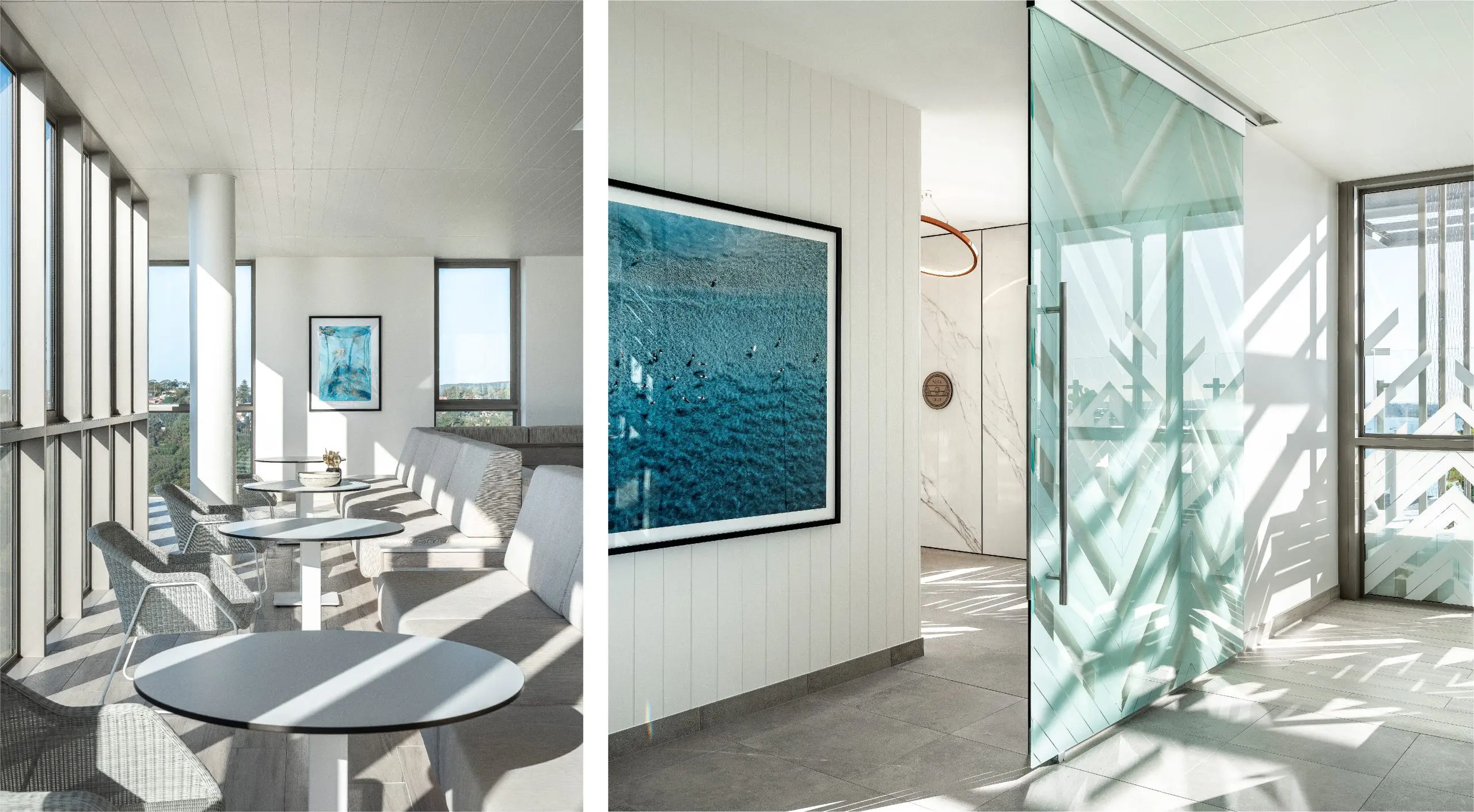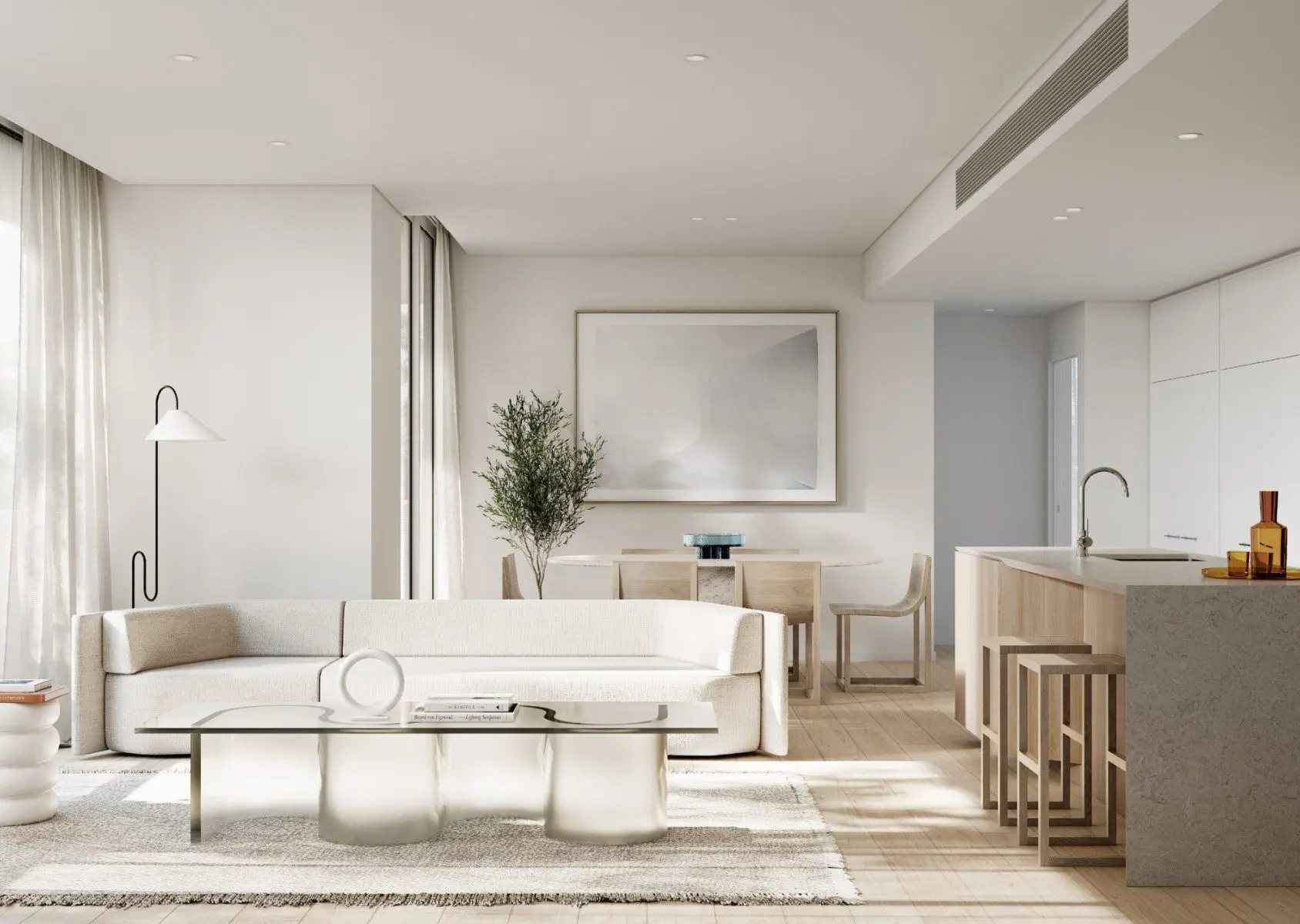Top 4 ways to design desirable build-to-rent apartments
The build-to-rent sector has garnered plenty of attention amongst the media and the development industry in recent years for a number of reasons, including, its promise of steady long-term gains for investors.
But in Australia, build-to-rent is still in its infancy and largely untested, with only around 2,800 units completed and an additional 25,500 units planned in the next five years.
The sector has already seen positive outcomes in the US and UK markets, and now local architects and designers are contemplating what it takes to deliver a successful built-to-rent project.


Here, James McCarthy shares the top four ways to design desirable build-to-rent developments.
1. Provide impeccable service
James says build-to-rent is a service sector, not just a building product. Providing a high level of service beyond what’s offered in a typical apartment building not only heightens the daily experience of residents, but helps to foster a sense of community within the building.
James says providing impeccable service and a high level of amenity to tenants will be key to the sector’s growth.
“Excellent service differentiates build-to-rent apartments from other developments. This is often achieved by designing with high amenity in mind. Potential facilities and services include a concierge, furniture packs, club and game rooms, cold storage for grocery deliveries and more.”
James admits many new build-to-sell residential developments in Australia already provide some of these facilities, but says the key difference is the high level of service in build-to-rent apartments. And that service comes at a cost.
2. Offer a fee-for-service model
One of the major challenges facing the build-to-rent sector is making the apartment yield stack up long-term. Developments with high amenity can charge for ‘optional extras’ and offer landlords the potential to generate additional income.
In the UK, a ‘Play, Day and Rent’ model is gaining popularity, whereby private dining spaces, lounges and even library rooms can be hired by residents on a day-by-day basis.
“We’ve become accustomed to paying for services, or accessing services, if and when we need them – from car sharing, to music and movie streaming. Build-to-rent can offer a similar pay-as-you-go service.”
3. Create hotel-style convenience and amenity
James explains successful build-to-rent housing is about designing hotel-style spaces and experiences to attract and retain tenants.
“Our expectations of service and hospitality have grown significantly over the past decade. This has largely been driven by the availability of well-designed hotels, Airbnbs and short-stay accommodation at our fingertips,” he says.
“Our hopes and expectations have developed alongside the hospitality offerings, and have been spurred on by the pandemic and spending extra time at home. More and more, we crave ‘experiences’.”
“Developers of build-to-rent apartments are drawing upon this concept and integrating this hotel-style approach into a permanent residential setting.”
He says designing this increased level of hospitality and lifestyle into apartment buildings has many benefits for residents.
“Build-to-rent draws on the best aspects of a hotel, but with added benefits to a tenant. There’s security of tenure combined with a high quality lifestyle, for a fraction of the price.”
4. Create community
James says the sector can also combat the growing loneliness that exists in our cities.
“Designing spaces that encourage interaction and community can really help draw tenants in and encourage them to stay for many years,” he says.
“Spaces like communal rooftop lounge areas, BBQs zones and even masterchef-style kitchen facilities can provide opportunities for new friendships and relationships.
“People want to feel like they’re part of a community. Build-to-rent can offer that social aspect from the moment you step foot in the door, with a concierge to greet you and meet your needs.
“Who wouldn’t want someone to welcome them home every day?”











